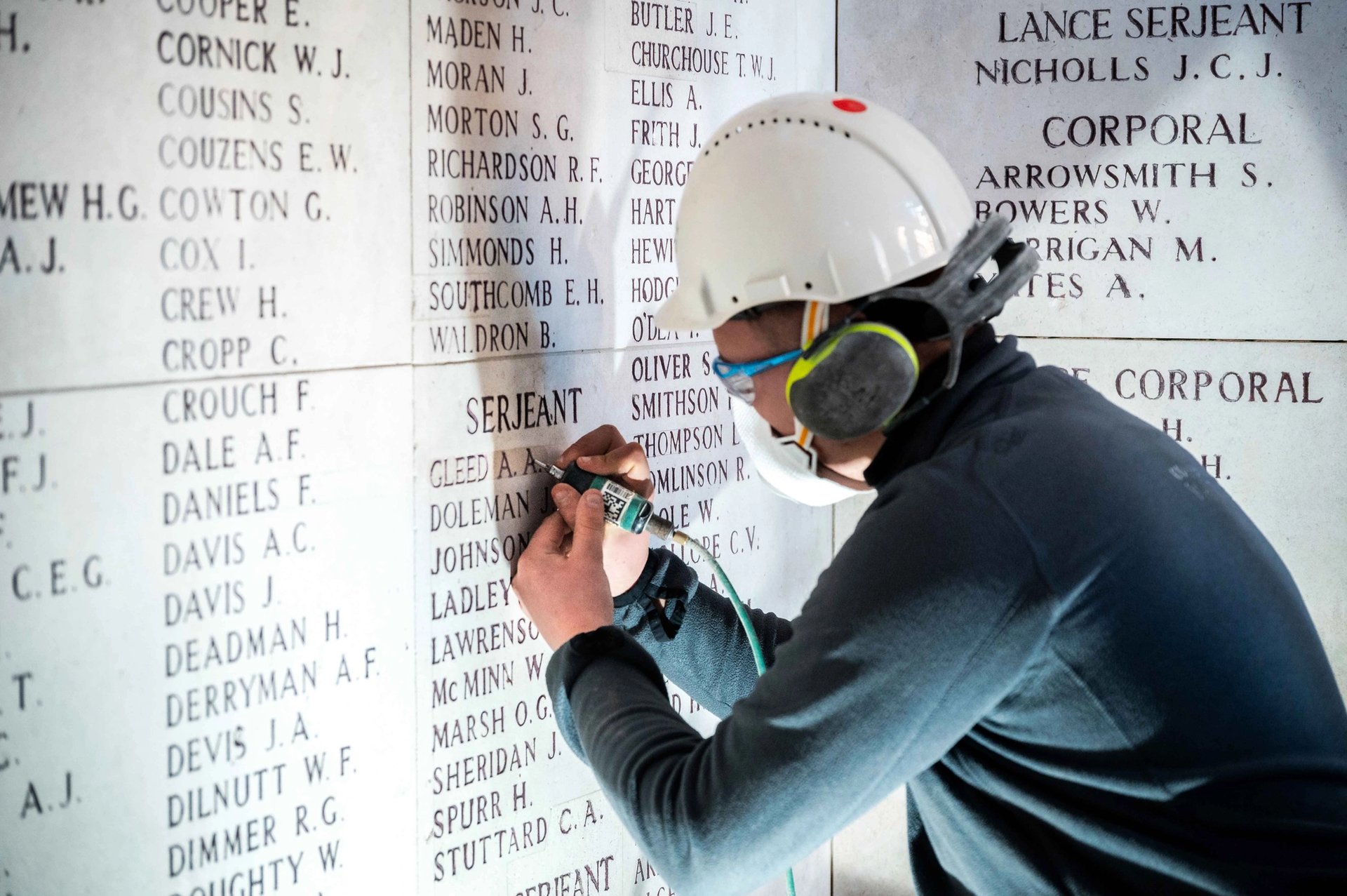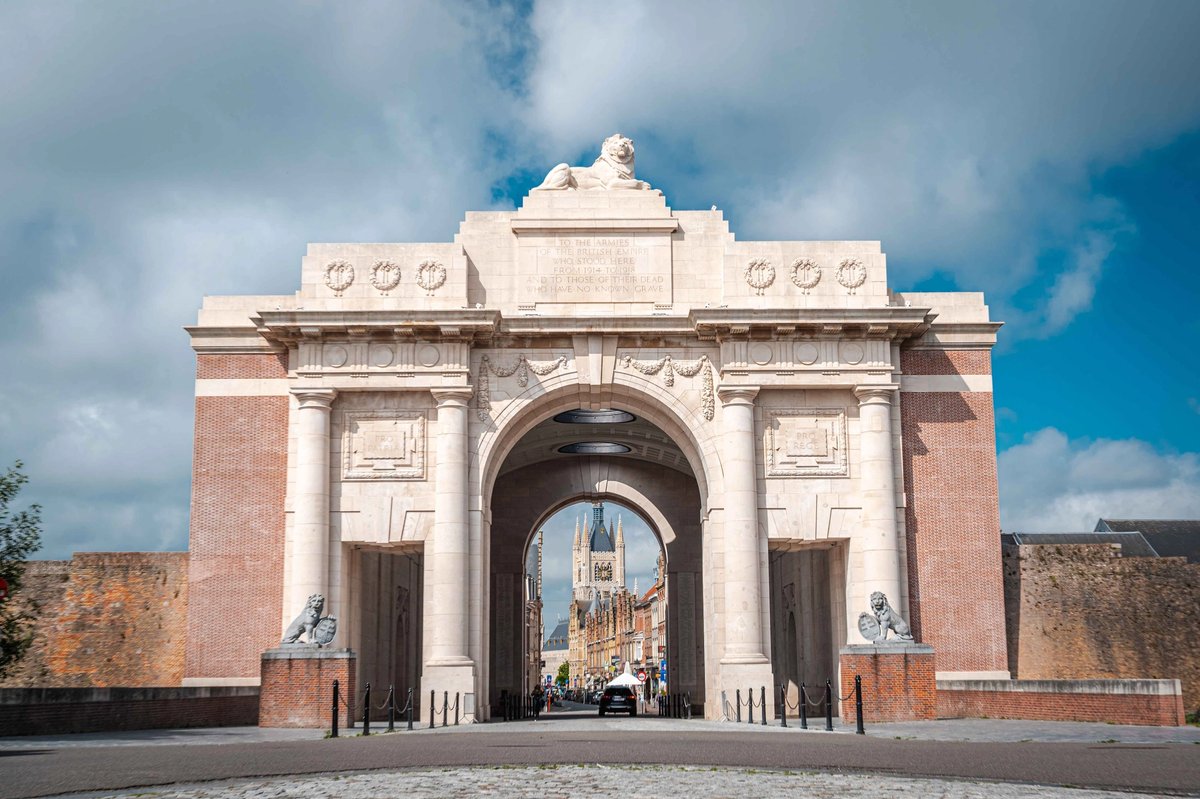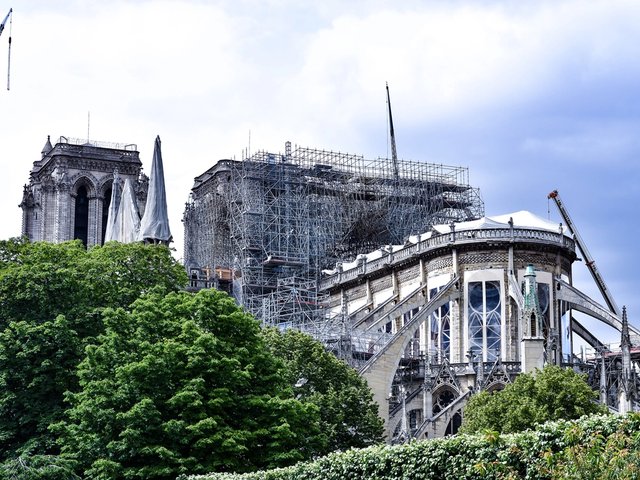On Armistice Day, observed on 11 November each year to mark the end of the First World War, Belgium stops for a ceremony broadcast live from the Menin Gate in Ypres. The monument is a “memorial to the missing”, lined with more than 54,0000 names of soldiers from across the British empire who died in the conflict but whose bodies were never found or identified. The poet Siegfried Sassoon called it a “sepulchre of crime”.
But for many decades, water has been slowly seeping into the structure, demanding a years-long restoration programme, undertaken by the Commonwealth War Graves Commission (CWGC) and Ghent-based Bressers Architects, which has been completed in time for this year’s event. The 1927 gate is among a suite of 139 monuments and cemeteries across northern France and Belgium designated a multi-location Unesco World Heritage Site in 2023. Many of them are now a century old and in need of conservation.
A 2019 inspection found the arch, designed by the architect Reginald Blomfield and inspired by the Porte de la Citadelle in Nancy, north-west France, to be structurally sound but there were cracks and weathering caused by water ingress—requiring the CWGC’s most complex restoration project yet. The work cost a total of €6m, mostly funded by the CWGC but with support from its member countries Australia, Canada, India, New Zealand, South Africa and the UK, along with a €1.6m grant from the Flemish government and €300,000 from the city of Ypres. The restored gate was officially unveiled in July, in a ceremony led by Princess Anne, CWGC’s president.
Cleaning, repairs and a new visitor centre
The monument’s Euville limestone facings have been cleaned and its red brickwork repointed. Its ironwork balustrades, meanwhile, have been removed for refinishing, then reinstalled with subtle new fixings into the adjoining columns that allow for future periodic removal. The outer wall’s brick leaf was coming away after repairs following Second World War damage and has been tied back. A new visitor centre has also been opened in a former shop opposite.
A radical change has been the introduction of a planted “living roof” above the main concrete vault—an addition requested by the Flemish authorities, which oversaw bids for the restoration. Blomfield regarded the Menin Gate as one of three works that he wanted to be remembered by, so the departure from his designs in exchange for a small area of green roof—and limited sustainability gains—could be seen to have rather too much novelty value, even if they are not seen from ground level.

A view of the gate’s new “living garden”
© Studio Bourgeat
It was not clear, however, what materials had been used in Blomfield’s original roof, though it appears to have had a bituminous finish. This had been failing for some time and in the 1980s was supplemented by layers of Sarnafil, a propriety waterproof membrane whose installation was unsatisfactory. (Similar interventions at Edwin Lutyens’s Thiepval Memorial, near Amiens in France, have also been made.) The planted roof protects the new PMMA (polymethyl methacrylate) liquid waterproofing layer from UV and the planting allows water to soak away gently.
Still cut into the roof are three oculi in the vault through which Armistice Day poppies are dropped to flutter down. Their decorative bronze rims were restored in situ—the team surprised to find they were used as formwork when pouring the concrete of the vault, and so could not be removed.
A thoughtful tribute
There are thoughtful details to the repairs: where new stone has had to be inserted among the names, curvilinear outlines have been used as they less inclined to draw the eye than rectilinear shapes. Original materials have been treated like literal touchstones, with only one water-damaged plaque of names been entirely replaced.

Careful repairs were undertaken on the plaques on names
© CWGC
The vault’s coffering has been repainted and revealed, having been temporarily enclosed with a hermetically enclosed volume while asbestos was removed. Set high above road level, the enclosure had allowed the Last Post ceremony— which has been sounded daily for almost a century, except during the period of Nazi occupation—to continue uninterrupted in the street running under the arch.
This daily act of remembrance has now been enhanced by new LED lighting that allows the architectural floodlighting used at other times to be dimmed, warmed, and concentrated within the arch as the Last Post bugle is sounded.
Maarten Van Landeghem, a senior project manager at Bressers, says of the restoration: “Thanks to an in-depth preliminary study, smart solutions for the complex construction site, a great deal of craftsmanship and, above all, very constructive teamwork, we can proudly say that the Menin Gate is ready to connect generations to come. Though made of stone, this monument breathes: through the daily ritual of the Last Post, and now also through the green roof above. Restoring it was not just about preservation, but about keeping memory alive.”
The Ploegsteert Memorial to the Missing, 12km away, is the next major monument due to have similar issues addressed by the CWGC.




